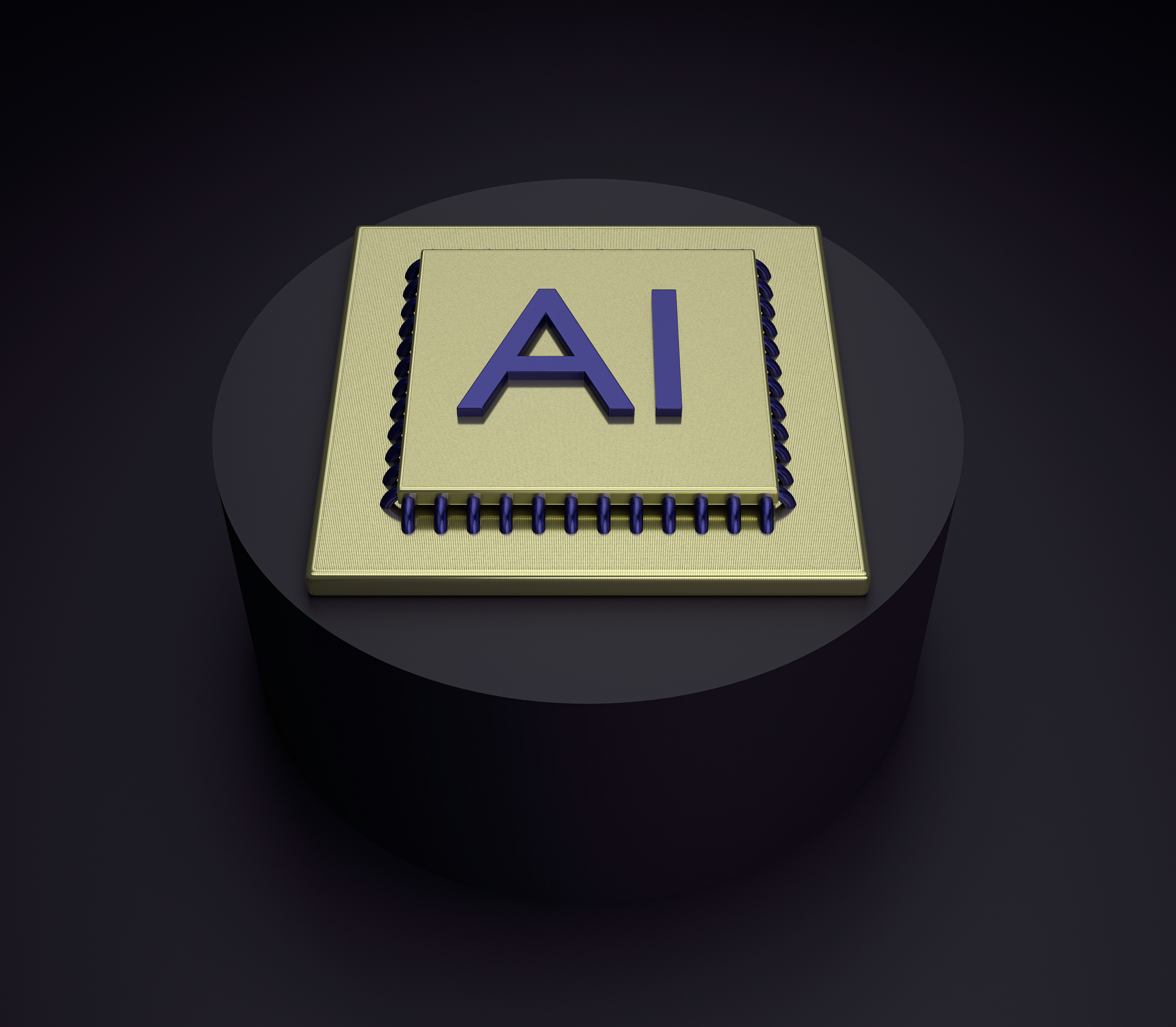The Role of Emotional Intelligence in AI Design
Aug 20, 2025
|
4
min read
In the race to build smarter machines, emotional intelligence is often overlooked. Yet as AI systems interact more directly with people, emotional intelligence becomes critical.
Why Emotional Intelligence Matters
Humans are emotional beings. Any technology that interacts with us should be able to interpret and adapt to our emotional states. This isn’t just about “feeling good” — it’s about creating more effective, respectful, and productive interactions.
Core Elements in AI Emotional Intelligence
Emotion Recognition – Using NLP, voice analysis, or facial recognition.
Context Awareness – Understanding the situation behind the emotion.
Adaptive Response – Adjusting communication style accordingly.
Design Principles for Empathetic AI
Transparency – Let users know when they’re interacting with AI.
Boundaries – Avoid manipulative use of emotional data.
Inclusivity – Account for cultural differences in emotional expression.
Conclusion
The next generation of AI won’t just be smart — it’ll be emotionally aware. Designing with emotional intelligence at the core will make technology more human-friendly.




